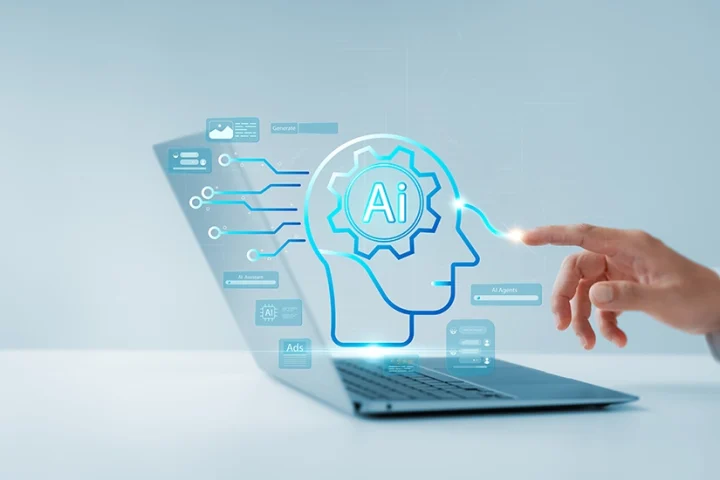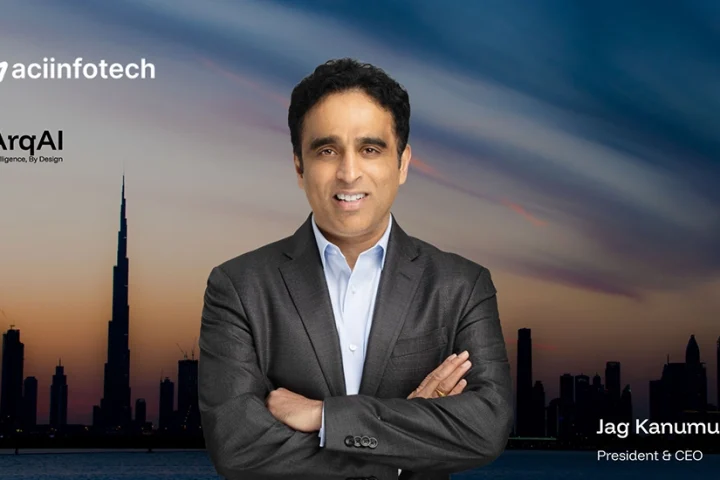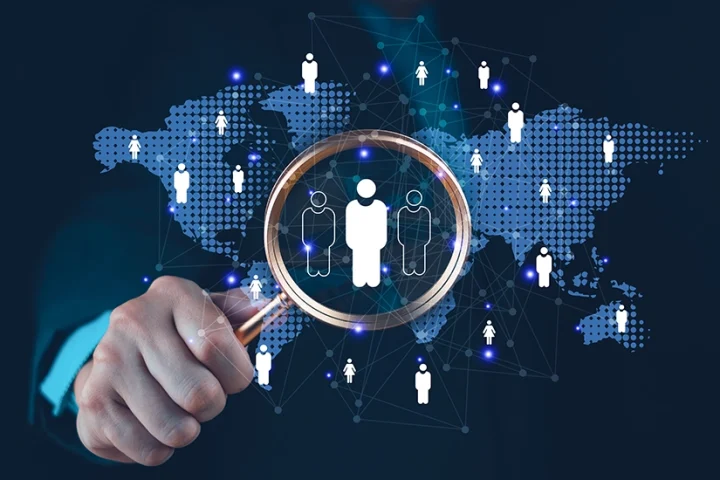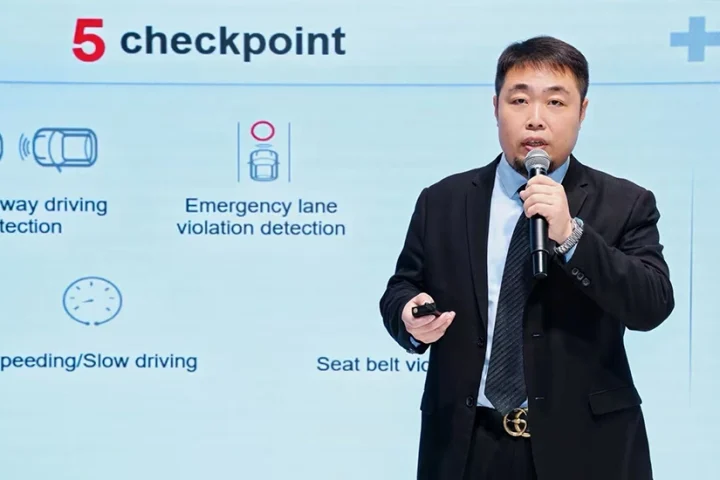We have all seen the seismic shift in how mobile tech has impacted the workplace in the past few years. From fixed wired desktops to flexible, collaborative digital environments, all industries have felt the impact of mobile technology – be it in office buildings, on the manufacturing floor or in industrial settings. But now it’s moving to the next level, businesses are starting to see and feel the benefits IoT can bring including cost savings, efficiencies and enhanced customer experiences.
Transform the workplace through technology
Technologies are enabling employers like the Swiss bank UBS to abandon rigid cubicle farms in favor of hot-desking, where workers have no fixed work area, work station or phone. This maximizes their facilities while simultaneously providing the types of collaborative environments that ultimately result in the innovations necessary for competitive success. The industrial and manufacturing industries are also embracing IoT opportunities. Operational technology is working together with information technology to drive more efficient, effective processes, reduce costs and improve profitability.
Have the edge, be intelligent
Big data is not a new concept but the amount of data is growing exponentially as a result of the sheer number of people, places and things that now inhabit the digital workplace. As a result, it makes sense to move some of the computing power required to process this serious amount of data to a network location or Intelligent Edge. Here, technologies connect and automate anything from IoT- enabled lighting to heating and from manufacturing processes to industrial systems. What’s more, outside of four workplace walls, countless opportunities exist to incorporate this data – think connected cars, smart parking meters and traffic control where external connectivity solutions, like Long Term Evolution or low-powered wireless signals, are incorporated.
Focus on the foundation first
The Intelligent Edge consists of three layers. Layer one is the foundation. This is the infrastructure containing familiar and contemporary innovations like Bluetooth, Low Energy sensors and converged edge systems. In layer two, local area platform technologies manage the devices within your enterprise, while wide area platforms use universal IoT and focus on connecting the billions of devices spread across a region. Finally, a robust partnership ecosystem, necessary for developing the apps and services that deliver the experiences enterprises need to make their digital workplaces run, forms layer three. A typical ecosystem contains next generation innovators and enterprise players like Microsoft.
The key to success
- Take stock of your environment
It’s impossible to develop a successful strategy without understanding where you are today. Profile your endpoints, the solutions serving them and the underlying infrastructure and architectures.
- Ensure you’re extracting all available data
This requires modern wired and wireless technologies from the data centre to the edge, as well as solutions for connecting any remote users and systems beyond.
- Fully safeguard your enterprise
Adopt technologies that protect data in motion and at rest. Include innovative solutions that use machine learning and artificial intelligence for detection, as well as for quarantining and disconnecting devices exhibiting suspicious activity.
- Unlock knowledge
Deploy solutions that collect information about your employees, customers and the world at-large. The technologies help turn behaviors into insights you can monetise.
- Drive profitability
Embrace smart innovations that aggregate and analyse your collected data, in combination with other third party feeds, to uncover new ways to get the most from your employees, customers, processes and supply chain.

















